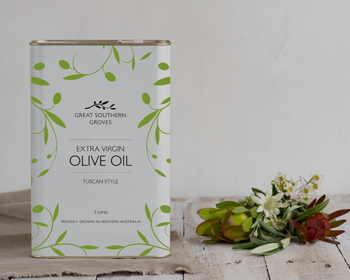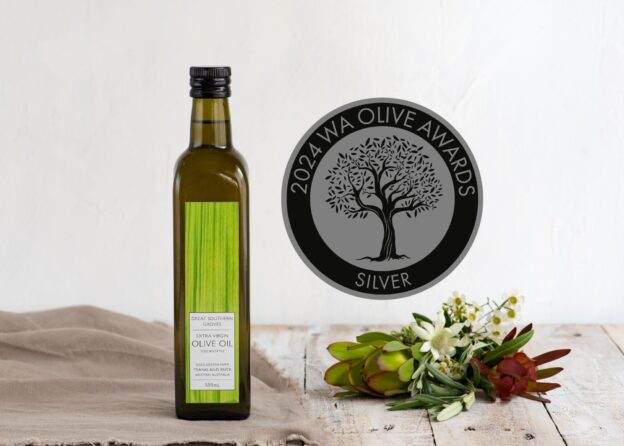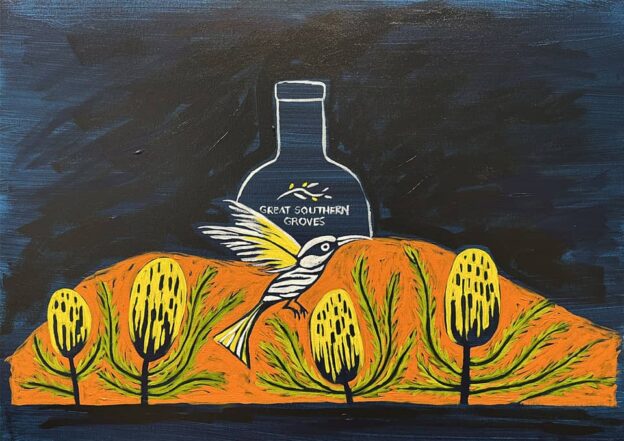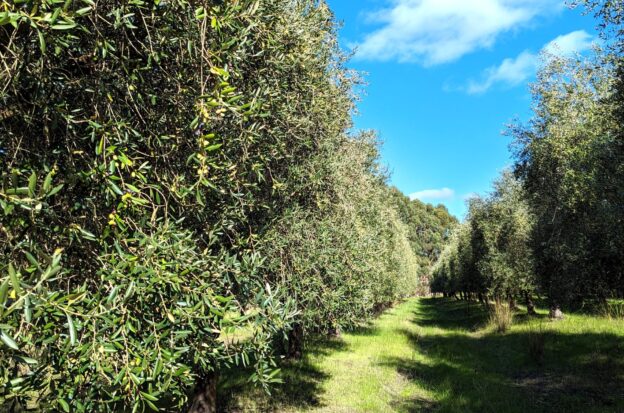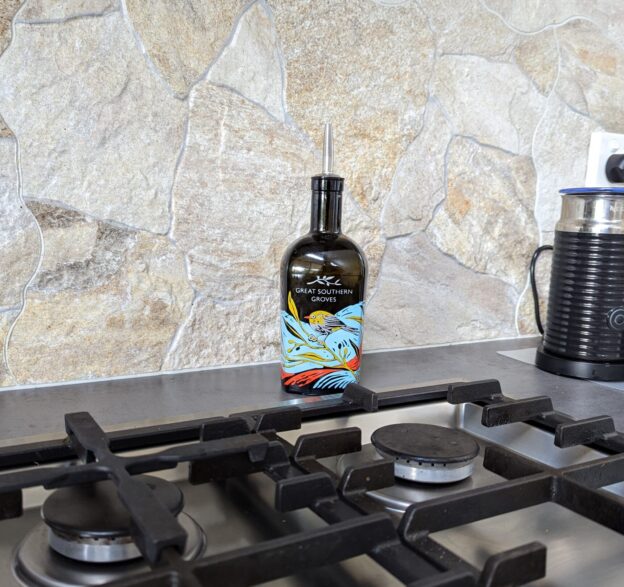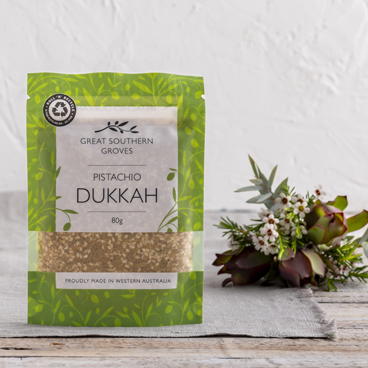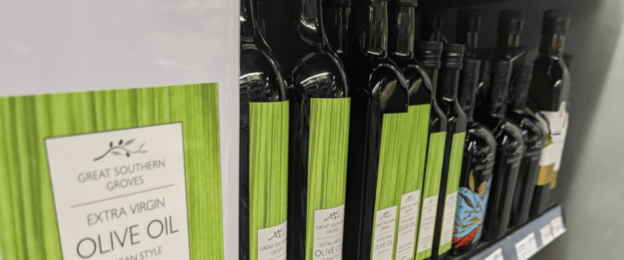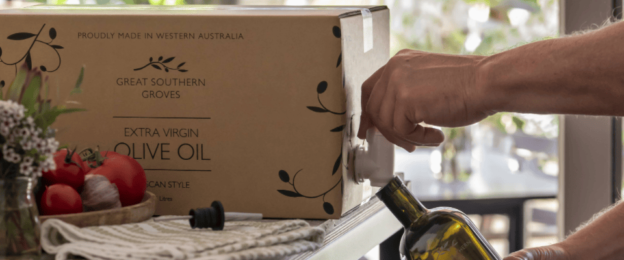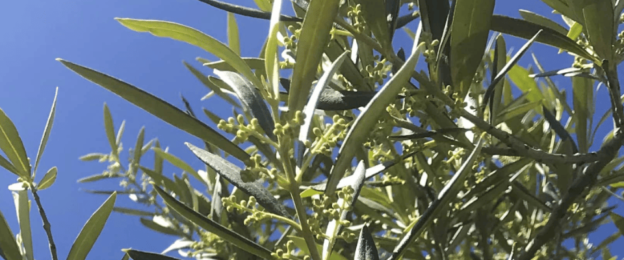For anyone passionate about high-quality olive oil, knowing how it is judged can deepen your appreciation for premium quality olive oil. Australia olive oil competitions uphold strict standards by combining scientific analysis with expert tasting. Here’s are the key steps in assessing an olive oil’s quality and what these evaluations mean for both consumers and producers.
Step 1: Chemical Testing
Chemical analysis begins the judging, focusing on four main indicators:
% Free Fatty Acid (FFA): A low FFA suggests good grove and processing practices. For an olive oil to be called ‘Extra Virgin’, is needs to have a FFA% under 0.8%.
Peroxide Value (PV): This measures oxidation levels, giving insights into the oil’s freshness and storage conditions. The maximum peroxide value for an Extra Virgin Olive Oil is 20 with high quality Extra Virgin Olive Oil having a peroxide value below 12.
UV Absorbance: This test helps assess the oil’s preservation state, indicating whether it has started to degrade.
Polyphenol Content: Polyphenols affect both taste and health benefits. High-polyphenol oils offer robust flavours, while lower levels result in milder, delicate oils, categorized as ‘R’ (robust), ‘M’ (medium), or ‘D’ (delicate).
These chemical measures provide a reliable foundation to gauge quality before tasting.
Step 2: Sensory Assessment
Australian olive oil competitions use the Australian Olive Association’s 100-point scoring system. This includes an assessment of the oil’s freshness, aroma, and flavour complexity, balance, and aftertaste.
AROMA being good fruit intensity, complexity & absence of faults.
PALATE including good fruit intensity, the bitterness & pungency, balance and absence of faults
COMPLEXITY balance, including bitterness & pungency.
This judging process gives consumers confidence, knowing the oil’s quality is confirmed scientifically and through expert taste, helping them find the ideal oil for their culinary needs.
Great Southern Groves – Tuscan Style, Extra Virgin Olive Oil and PRIMA Extra Virgin Olive Oil have both won SILVER at the recent, 2024 – WA Olive Awards.
These awards are run annually by Western Australian Olive Association. Judged by world class olive oil judges, overseen by moderator, Isabella Okis.
The judge’s description of our oil:
Tuscan Style Extra Virgin Olive Oil
(In all of our bottles, tins and boxes)
AROMA: Fresh and strong aromas of tomato leaf and thyme.
PALATE: Pleasant creamy palate; grassy, tomato leaf and tomatoes transfer from aromas.
COMPLEXITY: Balanced finish with some persistence.
Tuscan Style Extra Virgin Olive Oil Chemical Analysis:
FFA%: 0.2
Peroxide: 6
Polyphenol: 382
PRIMA Extra Virgin Olive Oil
(Limited release – SOLD OUT)
AROMA: Floral bouquet aromas together with rocket and capsicum.
PALATE: Fruits transferred well with added banana and tomato leaf and herbs with mild bitterness and pungency.
COMPLEXITY: Balanced and complex.
PRIMA Extra Virgin Olive Oil Chemical Analysis:
FFA%: 0.2
Peroxide: 6
Polyphenol: 349






